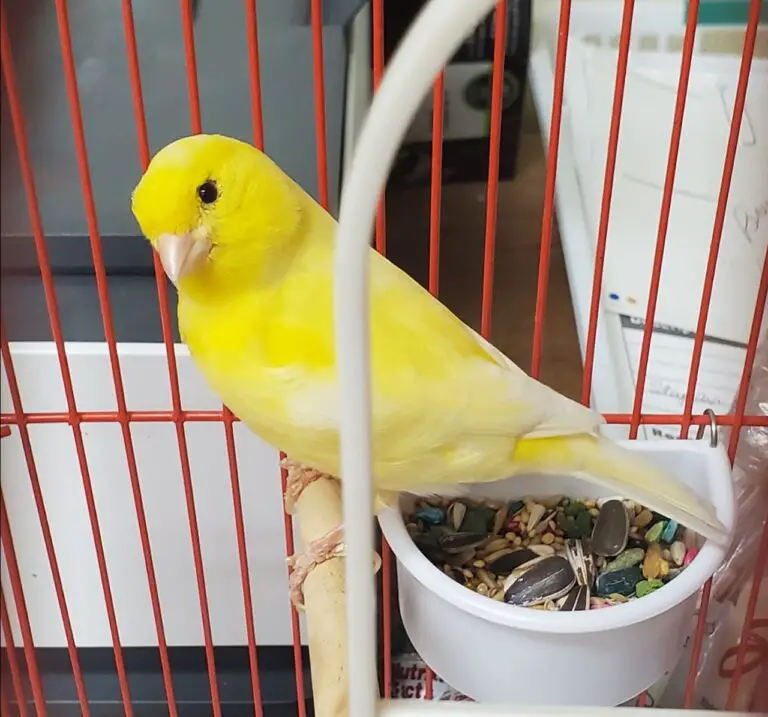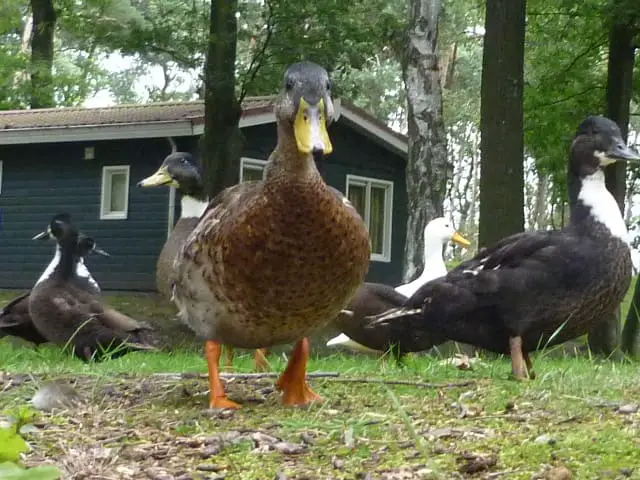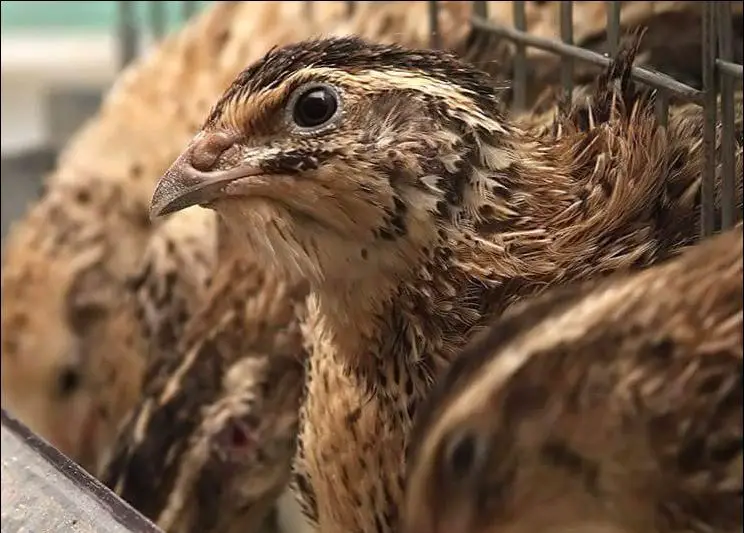Can Chickens Drown in a Water Bowl?

Can chickens drown in a water bowl?
Everyone has a bowl within reach, it is a very practical solution to give a chicken a drink of water, but the question arises, because chickens are not semi-aquatic birds, could a chicken drown in a bowl of water?
The answer may seem very basic and logical to you, although chickens are not excellent swimmers by nature, an adult chicken will hardly drown in a bowl of water, if it falls by accident no matter how far it falls into the bowl it will always have the edge of the water within reach.
The chicken is skillful enough to get out of the bowl, most likely with desperate flapping, but eventually it will make it.
In the case of a very small growing chicken, the situation is different, a very small chicken, whose plumage is not even developed, could drown if it falls into a bowl of water with a certain volume.
So in the case of chicks, avoid having them near bowls of water, but this is extremely logical.
Can chickens drink out of a bowl?
Of course it is, but a bowl for a chicken to drink water has its advantages and disadvantages, among the advantages are that it is very easy to get, almost everyone has at home a bowl that can be reused, it is easy to clean and you can get them in different sizes.
Among the disadvantages of a bowl are that the chicken can flip it over and make a water mess, If chickens get over it with their buttocks, the droppings will eventually end up in the bowl too and large contact surface for dirt that is thrown up by the scratching.
Also, they should also not be able to sit on the edge of the bowl because a chicken takes care of its needs whenever it feels the urge to do so, and so it quickly happens that something undesirable swims in the water.
Why isn’t it good for chickens to drink water from a bowl?
A chicken can drink water from a bowl, but there are certain drawbacks that should be evaluated and avoided to maintain a chicken’s health and hygiene.
Depending on the size of the bowl, the chickens may be able to turn it over. Also, if you have several chickens, the birds often wash their feet in these drinkers, which leads to water contamination and the multiplication of various microorganisms, and this should be avoided.
In a bowl drinker, the water could spill, become contaminated and the chickens are also likely to get wet and sick, especially if they are growing chickens.
Another problem that can arise from the water bowl is that chickens with wet feet or poor water control will wet their beds or nests, and this can contribute to ammonia proliferation.
The ammonia in a house comes from the birds themselves. When ammonia gas is exposed to moisture, it reacts and forms a corrosive basic solution containing ammonia.
This aqueous solution of ammonia causes damage to the birds. Ammonia corrodes the lining of the respiratory tract of the chickens and paralyzes or even destroys the cilia of the epithelial cells.
How much water does a chicken drink?
Honestly, this depends on several factors. You can certainly calculate an average, but I don’t see why you should.
If, according to the statistics, we drink an average of 2 liters per day, then the statistics are of little interest to us if we are still thirsty after the two liters.
Depending on the temperature or the food that is fed to the chickens (for example, salty food), the need for liquid also fluctuates.
The use of water is also affected by its temperature. The ideal temperature is between 17 and 20°C (64 – 69°C). The water temperature has a direct relationship with consumption: very cold or very hot, chickens drink less.
In tropical climates it is even more important that the water temperature does not exceed 25°C (78°F). Water from a cooler temperature will help lower the bird’s body temperature.
When chickens feel hotter, because they do not have the ability to sweat, they drink more water (up to twice or three times as much as normal) in order to combat excess heat, thus avoiding mortality and dehydration.
In very cold areas the water pipes can even freeze, affecting water and food consumption.
Can chickens swim?
In theory, chickens can swim, but they don’t know how to do it. The problem is that chickens do not know their skills in the water because they are not semi-aquatic animals.
One of the main causes of death by drowning in chickens is panic when they fall into water at a certain depth. Due to the violent beating of the wings, the plumage gets soaked in water and becomes heavy like lead.
Due to the increased weight in the lower body, the chicken gradually sinks under water like a stone. If they fall into a vessel with water deep enough, if they are lucky, they will manage to fly up, otherwise they will probably sink.
Chickens have difficulty swimming, their physical characteristics are not suitable for this activity like other birds.
In order to be skilled in water, the birds’ plumage must be covered with a small layer of fat (from the oil gland, against rain, etc.). If this is washed off, the soaked bird will probably sink very quickly. So the only chance would be to fly quickly to the top.
In the specific case of a chicken being totally submerged in a water bowl, he could die from drowning or hypothermia due to her inability to swim.
Chickens are not equipped with special swimming features like other birds, and therefore are not really suitable for swimming.
Ducks, for instance, possess a plumage that shields them from the lower temperatures of the water and at the same time avoids water to penetrate through their feathers.
Therefore, they can easily withstand the coldest water temperatures and swim comfortably.
The more adult chickens could move in the water in a calm state with small movements of their legs.
Some chickens can swim only in emergency conditions
Some chickens can actually survive in an acceptable way if they are seen in an emergency situation in the water, they could swim or float in the water without problems. But they only do this in emergency situations, or when it is unavoidable.
The swimming movement of chickens is very similar to that of other birds such as ducks, despite the lack of straps between the chicken toes. When chickens are in the water, almost always accidentally.
They adopt an instinctive back leveling posture in order to maintain their balance and distribute their body weight as evenly as possible, while keeping their tails upright out of the water.
With circular movements, they quickly move their thin legs, very similar to those of semi-aquatic birds in both movement and performance.
Chickens almost never try to use their wings to swim, if they flap their wings desperately it is by trying to find a quick escape route if they are near a shore, as they usually keep their wings very close to their bodies in an attempt to keep their bodies as dry as possible.
If he feels he has a chance to avoid getting wet, he’ll try to avoid the water before flying or running somewhere else, but once it’s inevitable to fall in the water, he’ll fold his wings and propel himself with only leg movements, if his wings get wet he could be in trouble because this makes him heavier.
When the chicken approaches the shore and has a chance to get out of the water, it will most likely try to use its wings to propel itself out to the nearby dry landing site.






